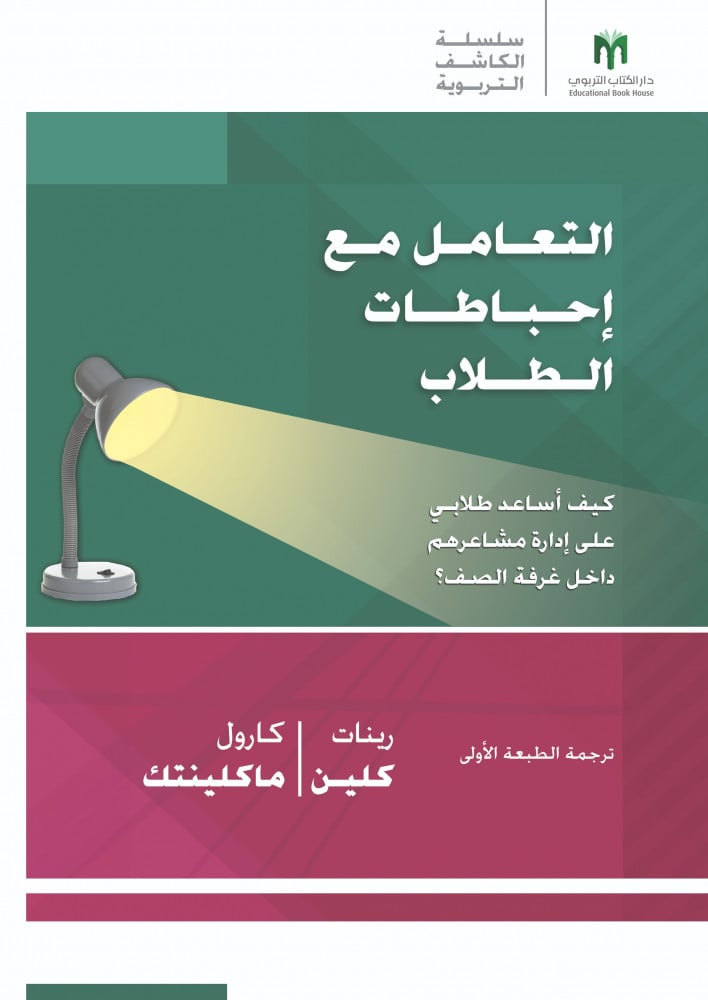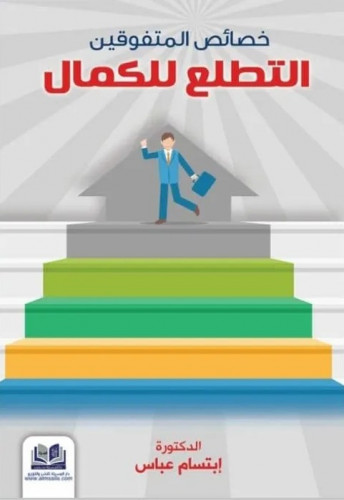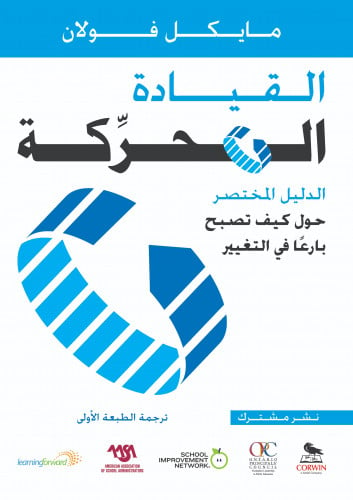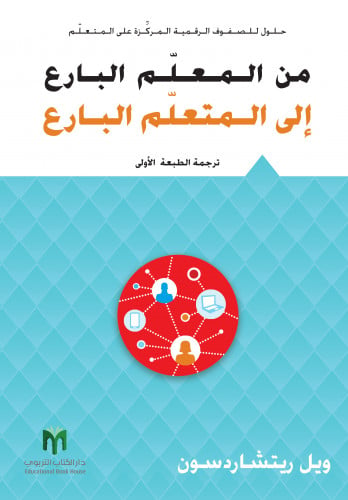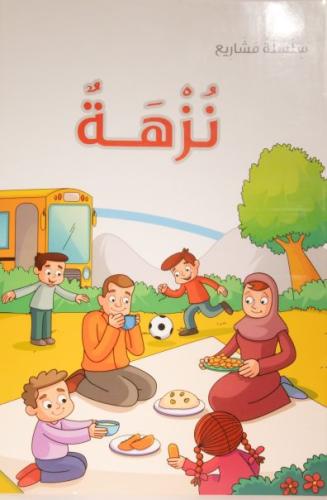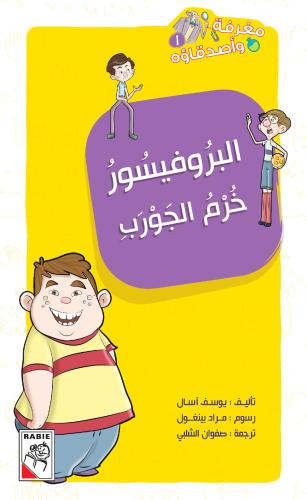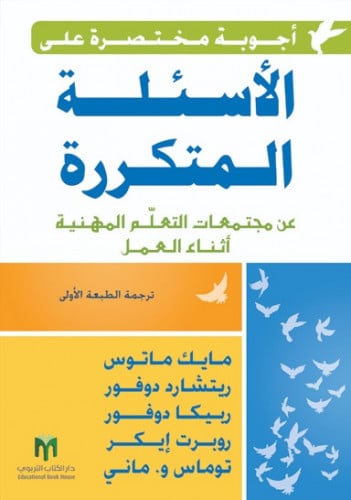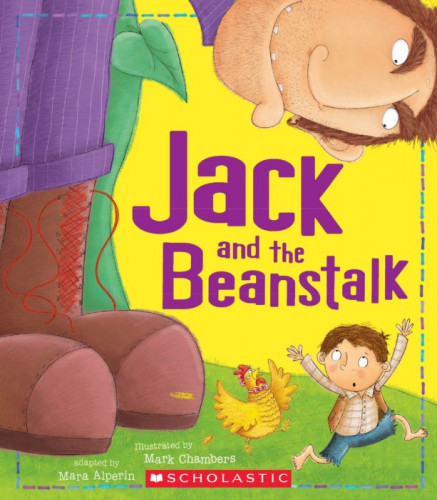AVAILABLE IN ARABIC
About This Book
When students' fears, stresses, and frustrations creep into the classroom and disrupt the learning process, how can you respond in a positive way that results in better relationships and higher levels of motivation and achievement?
Renate Caine and Carol McClintic draw on their decades of teaching experience to propose the APA method:
* Acknowledge. Help the student accept the situation, including his or her own reaction.
* Process. Help the student clarify what is actually taking place. Then mutually come up with an action plan for moving forward.
* Act. Help the student implement the action plan.
This approach pulls back the curtain on emotional flare-ups and not only encourages students to recognize emotions in themselves and others but also motivates them to implement proactive solutions rather than let negative emotions sabotage their academic goals.
Caine and McClintic also include several grade-appropriate classroom scenarios and relevant strategies that will help you create more peaceful, respectful, and productive learning environments.
Topics : Student behavior
Table Of Content
The APA Method
The Science Behind the Hijacked Brain
The Continuum of Emotional States
Causes and Symptoms of Brain Hijackings
Examples of Brain Hijackings and How to Deal with Them
How Different Types of Students React to Their Emotions
Using the APA Method with Elementary School Students
Using the APA Method with Middle School Students
Using the APA Method with High School Students
A Final Word
EncoreReferences
Related Resources
About the Author
About the Authors
Renate Claine:

Renate Caine has taught middle school in Reno, Nevada, and high school in New Orleans, Louisiana, and helped to establish a small charter school in her local community. She received her Ph.D. from the University of Florida, where her dissertation revealed that teachers’ use of “I” messages and active-listening strategies in the classroom positively affected students’ self-concepts and attitude toward school and teachers after only six months of use. She recently retired from 20 years as a college professor and is currently the executive director of the Natural Learning Research Institute (www.nlri.org). She is the coauthor of the original ASCD publication Making Connections: Teaching and the Human Brain and nine others. By employing many of the strategies in this publication over the years, Renate eliminated almost all discipline problems, and her students have won awards for their high academic achievement. She can be reached at [email protected].
Carol McClintic:

Carol McClintic taught for 35 years in the public education system, from preschool to university extension classes. She received her Bachelor of Science degree from South Dakota State University and her Master of Arts degree from California State University, San Bernardino (CSUSB). She was part of her District Leadership Team and conducted many workshops for the district and for the University of California, Riverside; the University of California, Los Angeles; and CSUSB on topics such as conflict resolution. As an elementary and middle school teacher, she initiated use of the APA method discussed in these pages and saw immediate results: not only did her students’ discipline problems disappear, but her students also developed valuable skills in managing their emotions and handling social situations.
She began working with Renate and Geoffrey Caine in 1992 with a five-year restructuring grant for a new middle school and was a senior associate with Caine Learning. Presently she is the director of programs for educators and independent learning for the Natural Learning Research Institute (www.nlri.org) as well as the secretary/treasurer for the NLRI Board of Directors. She can be reached at [email protected].
ISBN: 9876038147412
Author: Caine, Renate and Carol McClintic
Publisher: Educational Book House
Publish Year: 2016
Size: 17*24cm
Pages number: 44

